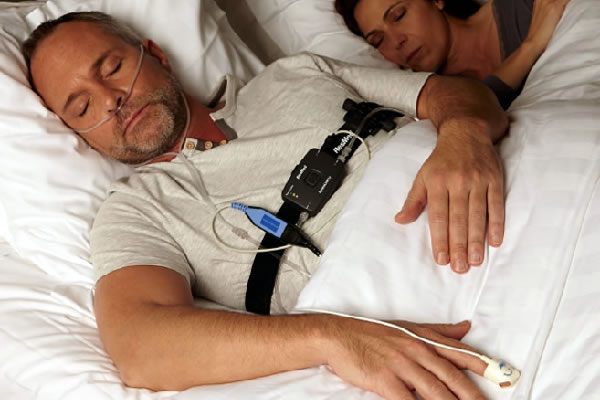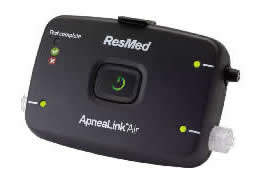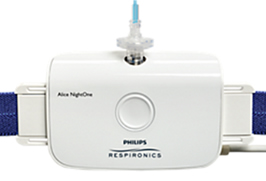All Services
Information for Patients

What this test is used for
Your medical provider has ordered a Home Sleep Apnea Test (HSAT) through Dream Sleep Testing. This test is used in the diagnosis of Obstructive Sleep Apnea.
Prior to your test
You will receive a pre-assembled testing device from Dream Sleep Testing. Included with the device will be detailed instructions to help you understand how to test.
You will wear the device one time during your typical sleep schedule. You should stick to your usual bedtime routine before performing your test; including when and where you sleep and what medications you may take prior to sleeping.
Testing


After your test
Your results will be scored by a Registered Polysomnographic Technologist (RPSGT) and interpreted by a Board-Certified Sleep Specialist. A finalized report will then be sent to your ordering provider.
Answers to Common Questions
OSA occurs when the upper airway collapses repeatedly during sleep. This causes a periodic blockage of the airway and decreased oxygen supply to vital organs. Patients with OSA can stop breathing many times while they sleep, sometimes for up to 10 seconds or longer.
When breathing stops, oxygen levels in the blood fall. This causes stress on organs like the heart, brain and lungs. Thankfully, the body is able to sense this change and responds by waking you up to resume normal breathing. This cycle leads to poor, disrupted sleep.
If left untreated, OSA has been associated with life-threatening conditions such as heart attack and stroke.
A diagnosis of OSA can be made using formal sleep testing. You or your medical provider might suspect OSA if you experience symptoms like:
- • Loud or frequent snoring
- • Waking up gasping/choking/with palpitations
- • Unrefreshing sleep
- • Excessive daytime sleepiness
- • Headaches
Underlying OSA might also complicate the treatment of other medical conditions you may have like high blood pressure, diabetes and obesity.
If your HSAT is positive for OSA, your medical provider may recommend treatment. Treatment for OSA can come in different forms, but most commonly patients are prescribed to use a CPAP. CPAP or “Continuous Positive Air Pressure” is a device designed to keep your airway open during sleep, preventing you from having apnea. You should speak to your medical provider about what treatment is best for you.
